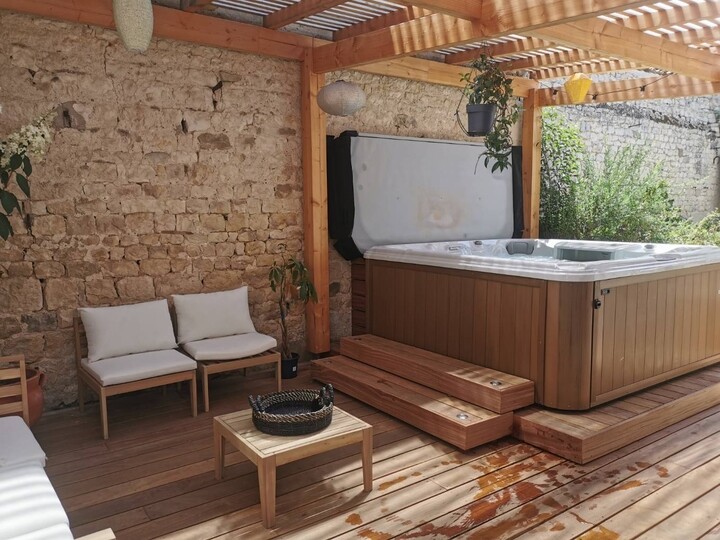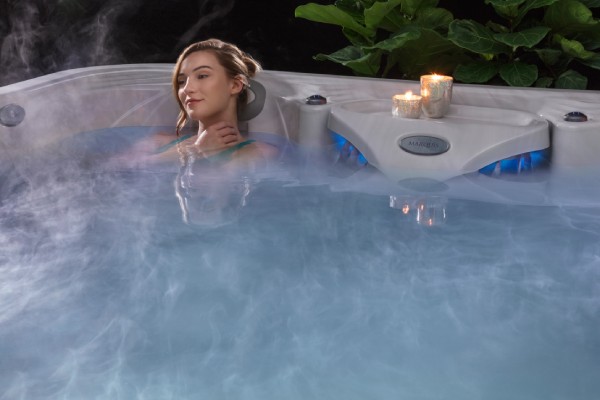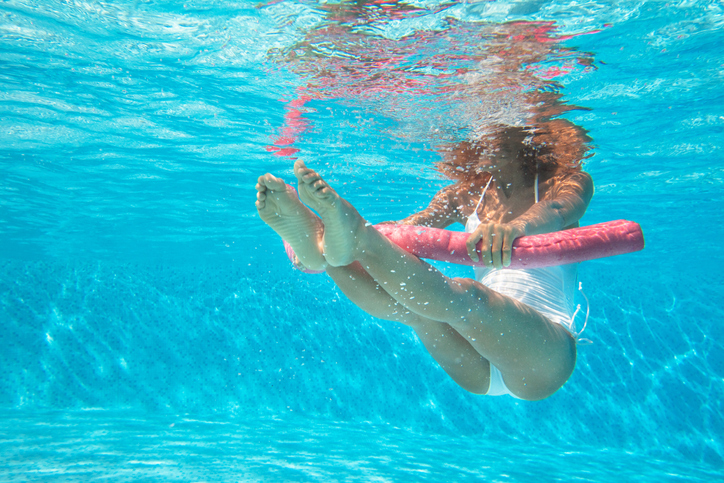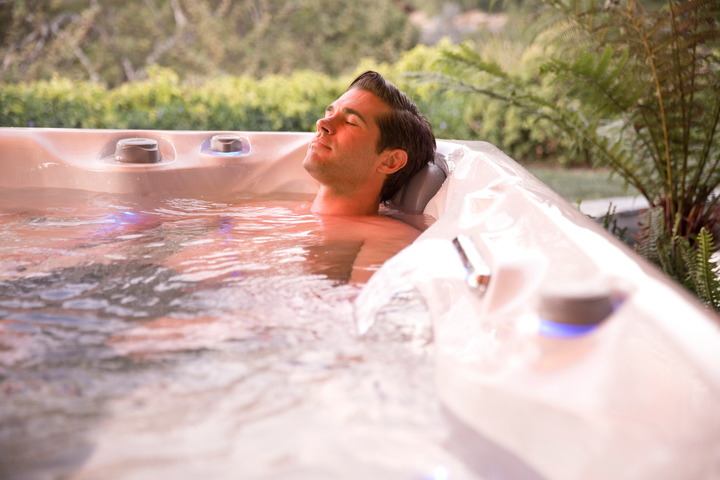Shocking your swimming pool can seem like a daunting process if you’re new to pool ownership.
But learning how to handle and administer chemicals to your pool is fairly simple with a bit of practice.
In this article, we take a closer look at what pool shock is and how to use it.
What is Pool Shock?
Shocking your pool is essential if you want the water to remain clean and free of algae. The process uses chlorine to kill the buildup of chloramines and other nasty intruders or odors.
Chloramines show up when chlorine starts losing the battle against the rays of the sun and mingles with the sweat, oils, and (possibly) urine that come from the people using your pool.
To get rid of contaminants, you add enough chlorine to destroy the chloramines and clean the water.
What You Need to Shock Your Pool
- Protective Eyewear
- Gloves
- Old clothes (the chemicals can splash on and ruin them)
- Chlorine shock (this can be purchased at your local pool supply store)
How To Shock Your Pool Properly
- Read the directions on your container of pool shock and mix and measure it, using the manufacturer’s directions.
- Pour the shock into the water according to the instructions given by the manufacturer. Most advise you to pour it in close to the jets for even circulation or around the edges of the pool.
- Let the chemical mixture do its work. Follow the manufacturer’s specifications on how long you should wait before testing the water. Most recommend an overnight hiatus.
- Once the correct amount of time has passed, it’s time to test your pool’s chlorine levels before diving in. Your pool water’s pH balance should be below 8.0.
- Be sure to remember to run your filter to get rid of algae. It should be left on for a minimum of 24 hours.
When to Shock Your Pool
Ideally, you should shock your pool once every week. This not only prevents algae growth, but it also keeps your water from becoming cloudy.
If you wait until your water is visibly dirty, the shocking process will be much more labor-intensive, and you may need to scrub your pool walls and vacuum the bottom.
It should also receive a shock treatment at the beginning and end of the pool season and after a storm.
When you do shock your pool, be sure to do so at night so that sunlight can’t decrease the effectiveness of the chemicals. This also makes it easier to let it process for several hours with no one bugging you to go in swimming.
Bonus tip: Don’t shock your pool on a windy evening. If you don’t want a face full of chemicals, it’s best to shock your pool on a calm evening.
National Pools & Spas
National Pools & Spas is your one-stop shop for pool accessories and advice for proper pool shock and any other pool care.
With three locations in New Jersey, we have a variety of above-ground swimming pools, hot tubs, and swim spas in stock.
Get in touch with us here with any questions you may have about your pool. One of our experts would be happy to assist you.





